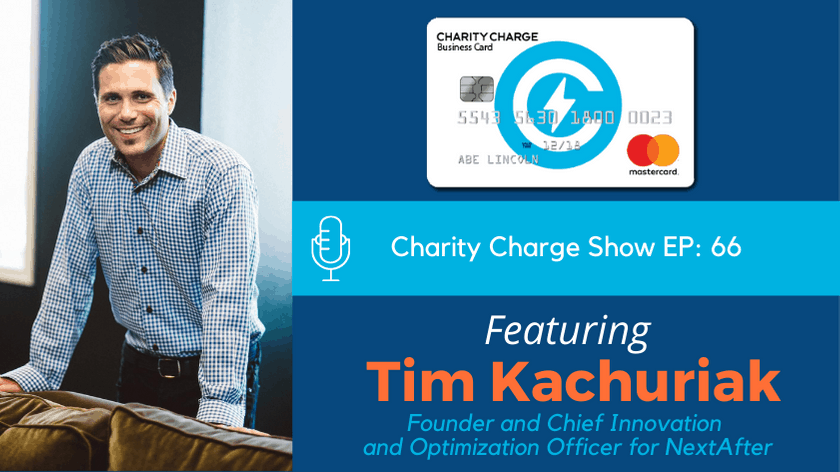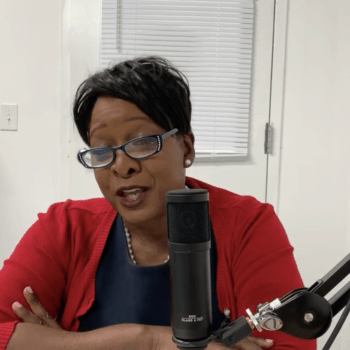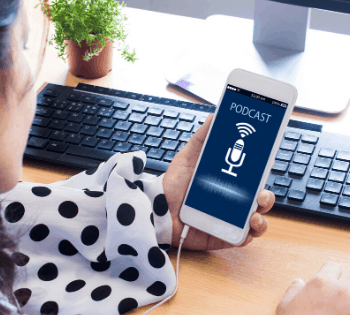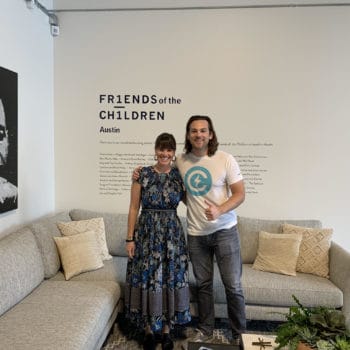The Nonprofit Innovation & Optimization Summit is September 21-23, 2021 in Austin, Texas! Join Tim K and other nonprofit innovators in-person or during the free livestream!
In the Austin area and want to attend? Use code CHARITYCHARGE2021 for $500 OFF NIO tickets through September 21st.
In Episode 66 of the Charity Charge Show, Stephen talks with Tim Kachuriak, Founder and Chief Innovation and Optimization Officer for NextAfter, whose mission is to decode what works in digital fundraising and then equip nonprofits with that knowledge to fulfill our vision to unleash the most generous generation in the world. NextAfter combines the perpetual learning of a fundraising research lab, the practical application of a digital-first agency, and the rigorous instruction of a training institute.
Tim started in the digital advertising before he transitioned into the digital fundraising field. He is the author of multiple books on nonprofit fundraising, has trained organizations around the world in fundraising optimization, and is a frequent speaker at international nonprofit conferences. Tim is also the co-founder and board member for the Human Coalition, a member of the board of directors for Open Doors USA, an Advisory Board Member for the SMU Digital Accelerator, Advisory Board Member for Kids Prosper Kids, and an Advisory Board Member for the Blackbaud Institute for Philanthropic Impact. He lives in Prosper, TX with his wife Rebecca and their four children.
Tim and Stephen go in-depth on donation pages, how 2020 affected giving, and the mid-level donor. Listen through for one of Tim’s favorite hacks for directly reaching donors in a time-efficient manner.
Here are some of Tim’s thoughts on the benefits of digital outreach over mail campaigns:
Most nonprofit organizations that have any sense of scale or size have been built historically by renting lists and sending junk mail. Just ingest that: junk mail – direct mail – is how most of these nonprofit organizations have acquired their donors. It’s highly, highly effective and there’s a lot of science behind it. It’s been refined over the last 50 or 60 years. But the challenge with that is I have to mail these things and I have to rely upon that person going from “I might not even know anything about your organization” all the way through to actually making the decision to give me money. If you look at the response rate for direct mail campaigns, successful direct mail campaign may get a 1-3% conversion. Which means we have 97% of people saying no. But what if you could get something from them? What if you could get their name and their contact information and you could begin to build a relationship with that person over time, so that they can have a better understanding as to what you do and how they fit in and can have impact by giving a gift through your organization? That’s what digital affords you the opportunity to do. We can take different content that we have, we can repackage it and repurpose it. We could turn it into something that represents significant value to our potential donor. We can say [to the potential donor], “You can have this piece of content that’s valuable for free. You just have to give me your name and your email address so I can send it to you.” A very reasonable request and you’re getting something that, in your mind, has higher perceived value. And by doing that, now I can connect the dots from that initial point of interest to the wider opportunity for you to have impact by giving a gift to my organization. That’s why I love digital: because it opens up the opportunity for content marketing, lead generation, and the building of your own prospect list, as opposed to having to rent other people’s.
Interested in listening to the full episode and hearing more from other nonprofits? Check out more episodes here Charity Charge Show





